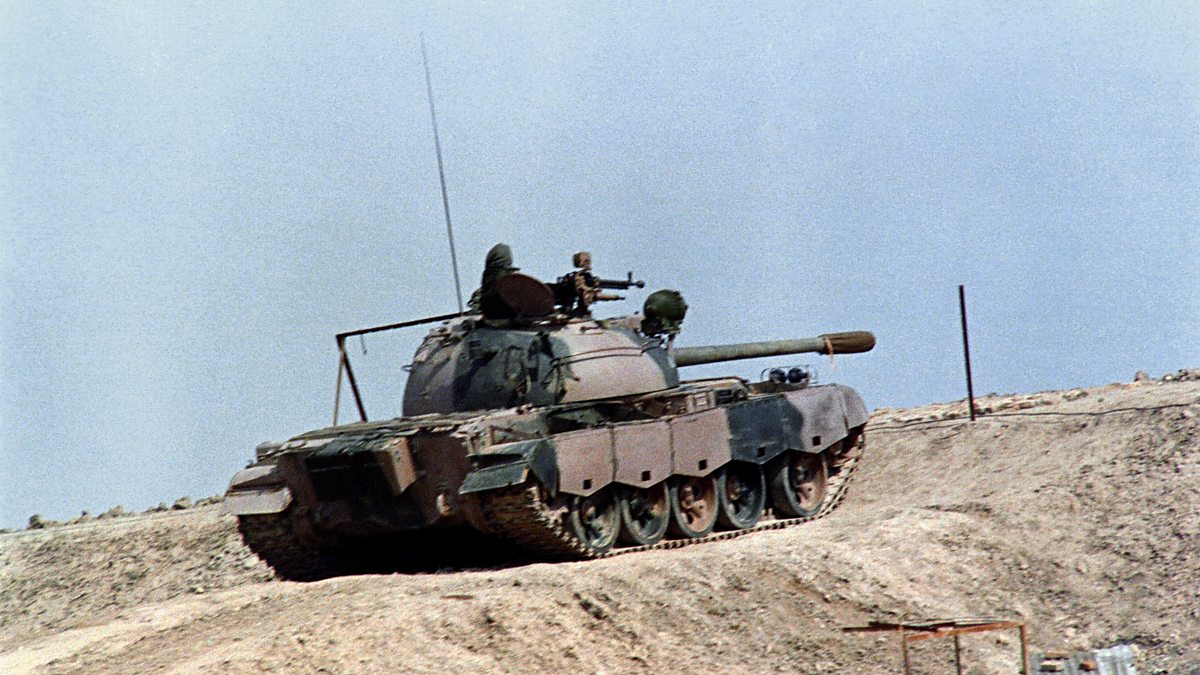

Following closely behind were M1A1 Abrams tanks covering them from the rear, ready to move forward and engage the enemy. The job of the 2nd ACR was to cross the border and advance east as a forward scouting element, led by cavalry scouts in lightly armored M3A1 Bradleys with highly advanced thermals to detect enemy positions.


The corps' main body consisted of the American 2nd Armored Division (Forward), 1st Armored Division (1st AD), 3rd Armored Division (3rd AD), 1st Infantry Division (1st ID), and the British 1st Armoured Division (1 AD). This generally included destroying or repelling the Iraqis' reconnaissance elements and denying their commander any observation of friendly forces. Task Force 1-41 Infantry breached the berm on the borders between Saudi Arabia and Iraq which was the initial Iraqi defensive position and performed reconnaissance and counter reconnaissance missions before the 2nd ACR's actions. Each troop comprised 120 soldiers, 12–13 M3 Bradley fighting vehicles and nine M1A1 Abrams main battle tanks. Each ground squadron was made up of three cavalry troops, a tank company, a self-propelled howitzer battery, and a headquarters troop. It consisted of three ground squadrons (1st, 2nd and 3rd), an attack helicopter squadron (4th), and a support squadron. unit in the battle was the 2nd Armored Cavalry Regiment (2nd ACR), a 4,500 man reconnaissance and security element assigned to VII Corps. John Mecca, a participant, as "the last great tank battle of the 20th century." This battle took place several hours after another, smaller, tank battle at Al Busayyah. It was named for a UTM north–south coordinate line (an " Easting", measured in kilometers and readable on GPS receivers) that was used as a phase line by Coalition forces to measure their progress through the desert. The Battle of 73 Easting was fought on 26 February 1991, during the Gulf War, between Coalition armored forces ( US VII Corps and UK 1st Armoured Division) and Iraqi armored forces ( Republican Guard and Tawakalna Division).


 0 kommentar(er)
0 kommentar(er)
